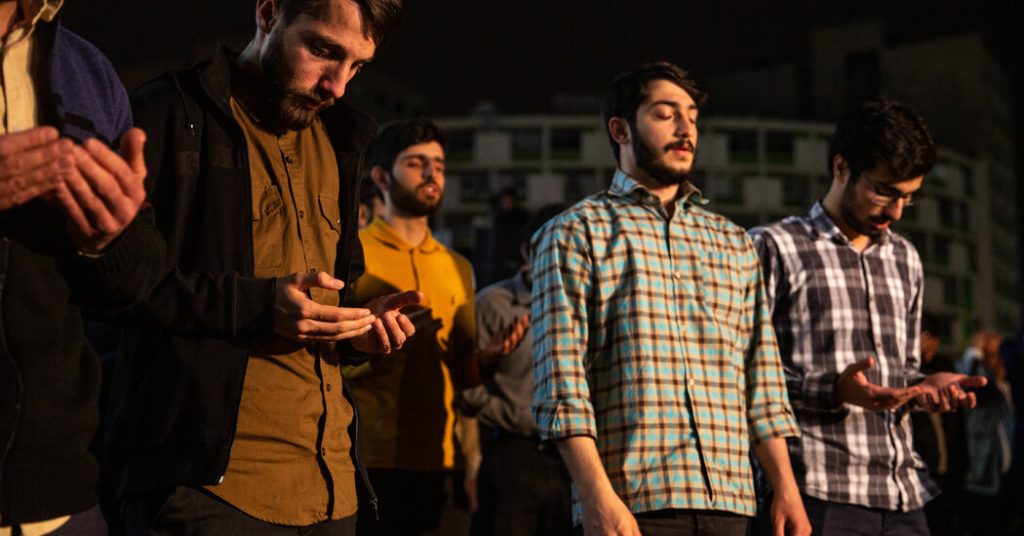The sudden death of Iran’s president, Ebrahim Raisi, has opened up a new chapter of instability in the country. Raisi, who was seen as a prime candidate for the next supreme leader, was considered a favorite by the powerful Revolutionary Guards. His death comes at a time when the Islamic Republic is facing internal protests, a weak economy, endemic corruption, and tensions with Israel. Despite fears of instability, analysts do not expect significant changes in Iran’s foreign or domestic policies. The current supreme leader, Ayatollah Ali Khamenei, has already set the country’s direction, and any new president is expected to follow his vision.
According to Ali Vaez, the Iran director at the International Crisis Group, the successor to the supreme leader will likely align with the current vision for the future of the system. Key areas of foreign policy, such as support for regional proxy militias and the development of components for a nuclear weapon, are not expected to change. The next president will likely serve as a subservient figurehead who falls in line with the supreme leader’s directives. Iran expert Ellie Geranmayeh also anticipates continuity in key foreign policy issues, as these matters have been under the control of the supreme leader and the Islamic Revolutionary Guards Corps.
While Raisi was considered useful to certain factions within the Revolutionary Guards, his performance as president had raised questions about his suitability as a successor to Ayatollah Khamenei. Raisi’s main rival for the position, Ayatollah Khamenei’s son Mojtaba, may now have an easier path to succeed his father following Raisi’s death. However, the decision ultimately lies with the Assembly of Experts, a council of senior clerics who have the final say in matters of succession. The internal workings of Iran’s political system are deliberately mysterious, and the choice of the next supreme leader is still uncertain.
Despite the instability within Iran’s leadership, the country faces steep external challenges, particularly in its relationships with Israel and the United States. Recent direct attacks between Iran and Israel in April have heightened tensions in the region, as Iran sponsors military proxies like Hamas and Hezbollah. The death of Raisi may complicate ongoing talks with the United States on de-escalating regional conflicts and addressing Iran’s nuclear program. Trita Parsi, an Iran expert at the Quincy Institute for Responsible Statecraft, notes that instability in Iran could make it more difficult to prevent further escalation in the region.
Overall, the death of President Raisi has created uncertainty in Iran’s political landscape, leading to questions about the succession of the supreme leader and the country’s future direction. Internal struggles within the regime, combined with external challenges related to regional conflicts and nuclear negotiations, present significant hurdles for Iran’s leadership. The next president will likely continue to follow the vision set by Ayatollah Khamenei, with little expected change in foreign or domestic policies. The decision on who will succeed Khamenei will ultimately be made by a council of senior clerics, adding to the complexity and unpredictability of Iran’s political system.


